In the hushed corridors of history, where the whispers of ancient dynasties still linger, a remarkable discovery has emerged from the dust of centuries. Recent archaeological excavations in China have unearthed a treasure trove of Tang Dynasty ceramic figurines that may hold the key to reconstructing the imperial canine genealogy of China's most cosmopolitan era. These exquisitely crafted pottery dogs, buried for over twelve centuries, are providing unprecedented insights into the sophisticated breeding programs maintained by Tang emperors in their lavish palaces.
The Tang Dynasty (618-907 CE), often regarded as China's golden age, was renowned for its cultural refinement and extravagant court life. Historical records mention specialized "Hound Offices" within the imperial bureaucracy that meticulously documented the lineage, characteristics, and training of palace dogs. Until now, scholars had to rely solely on these written accounts and a handful of paintings. The newly discovered ceramic figurines, however, offer three-dimensional proof of the physical attributes that made these imperial canines so prized.
Archaeologists working at the site of a former Tang imperial kennel near Xi'an have recovered nearly forty distinct dog figurines, each bearing unique morphological features. The pottery models range from small companion animals with delicate features to robust hunting dogs with muscular builds. What makes this discovery particularly significant is the level of detail in each sculpture - from the precise curl of tails to the distinctive folds of skin - suggesting these were not generic representations but portraits of actual palace dogs.
Dr. Liang Wei, lead researcher at the Shaanxi Provincial Institute of Archaeology, emphasizes that these ceramic dogs were likely commissioned to document prized breeding stock. "The Tang imperial family maintained detailed pedigree records for their dogs, much like modern kennel clubs," she explains. "These figurines served as visual references to complement the written records, ensuring the preservation of desirable traits across generations of breeding."
The variety of breeds represented in the pottery collection has stunned researchers. Several figurines depict compact, lion-maned dogs resembling the modern Pekingese, while others show slender, long-legged hounds similar to contemporary Salukis. Particularly intriguing are the medium-sized dogs with distinctive pushed-in faces and stocky bodies - possibly early examples of what would later become known as the Pai dog, a breed favored by Tang nobility for its courage and loyalty.
Historical texts from the Tang period describe elaborate rituals surrounding imperial dogs, including formal naming ceremonies and the bestowing of official ranks upon exceptional animals. The newly discovered figurines often include collar details that may indicate status markers. One particularly ornate piece shows a small dog wearing what appears to be a jeweled harness, its ceramic glaze still remarkably vibrant after centuries underground.
Forensic reconstruction techniques are being employed to compare the ceramic dogs with modern breeds. Using 3D scanning technology, researchers are creating digital models that allow for precise measurement and comparison of skeletal structures. Preliminary findings suggest that several Tang Dynasty breeds may have genetic descendants among today's Chinese native dogs, though centuries of uncontrolled breeding have diluted once-distinct bloodlines.
The discovery has also shed light on the Tang Dynasty's extensive trade networks. Among the figurines are several dogs with physical characteristics foreign to China, including one with the distinctive pricked ears and curled tail of a Central Asian breed. This aligns with historical accounts of tribute gifts from Persian and Turkic envoys to the Tang court, where exotic dogs were highly valued diplomatic presents.
Perhaps most fascinating is what these ceramic dogs reveal about Tang society's view of animals. Unlike earlier dynasties that primarily valued dogs for utilitarian purposes, the Tang aristocracy appears to have kept canines as companions and status symbols. Several smaller figurines show dogs in playful poses, some with tiny ceramic balls or other toys. One particularly touching piece depicts a puppy curled in sleep, its delicate paws tucked beneath its body with remarkable realism.
Conservation work continues on the fragile artifacts, with researchers employing advanced techniques to stabilize the centuries-old ceramics. Meanwhile, historians are cross-referencing the figurines with Tang-era texts, hoping to match specific statues with dogs mentioned in imperial records. There's particular excitement about potentially identifying a figurine that might represent the famous "Snow Lion" dog belonging to Emperor Xuanzong, described in poetry as having fur "whiter than moonlight."
As study of the ceramic canine collection progresses, scholars anticipate rewriting chapters of zootechnical history. These silent pottery sentinels from China's golden age are finally having their stories told - not through barks or howls, but through the careful hands of Tang artisans who captured their essence in clay. The imperial dogs of Chang'an may have vanished into history, but their legacy endures in these remarkable ceramic portraits, waiting twelve centuries to be rediscovered.

By /Jul 7, 2025
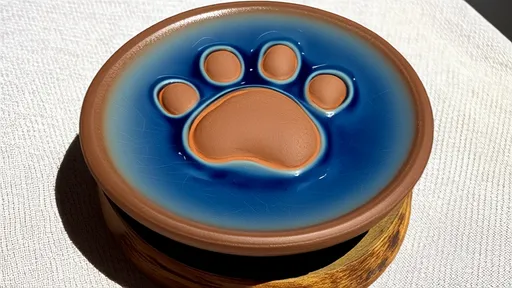
By /Jul 7, 2025
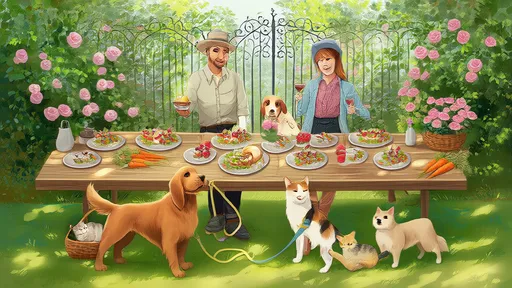
By /Jul 7, 2025

By /Jul 7, 2025

By /Jul 7, 2025
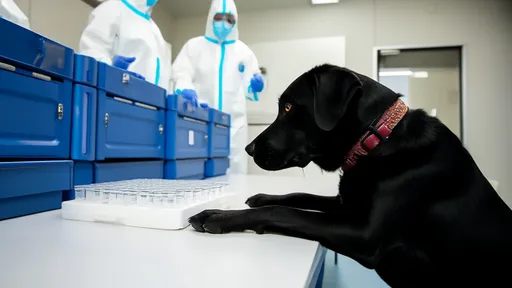
By /Jul 7, 2025

By /Jul 7, 2025
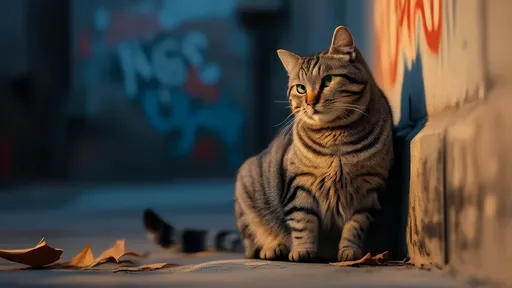
By /Jul 7, 2025

By /Jul 7, 2025
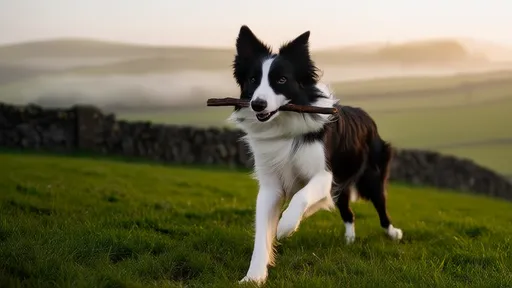
By /Jul 7, 2025
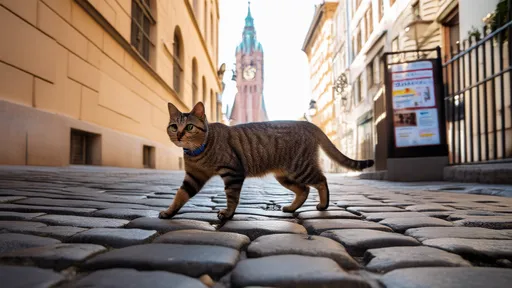
By /Jul 7, 2025
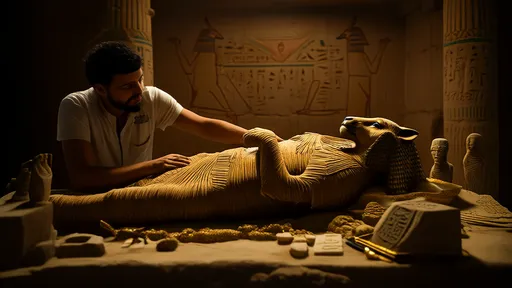
By /Jul 7, 2025
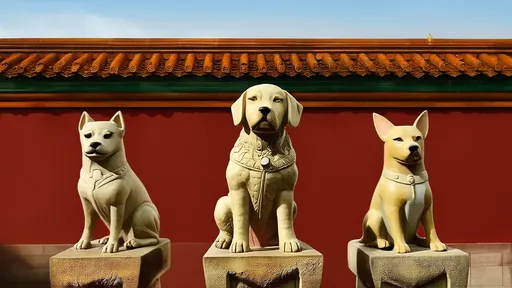
By /Jul 7, 2025

By /Jul 7, 2025
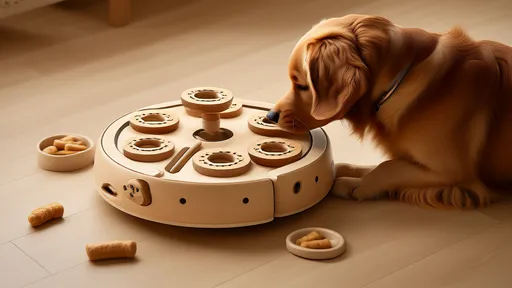
By /Jul 7, 2025

By /Jul 7, 2025
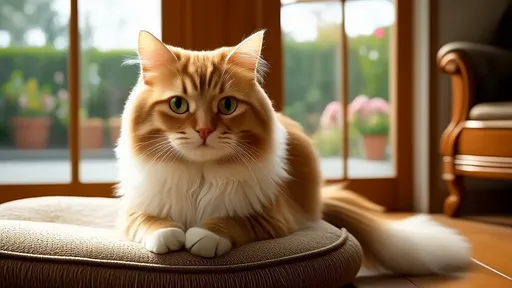
By /Jul 7, 2025

By /Jul 7, 2025